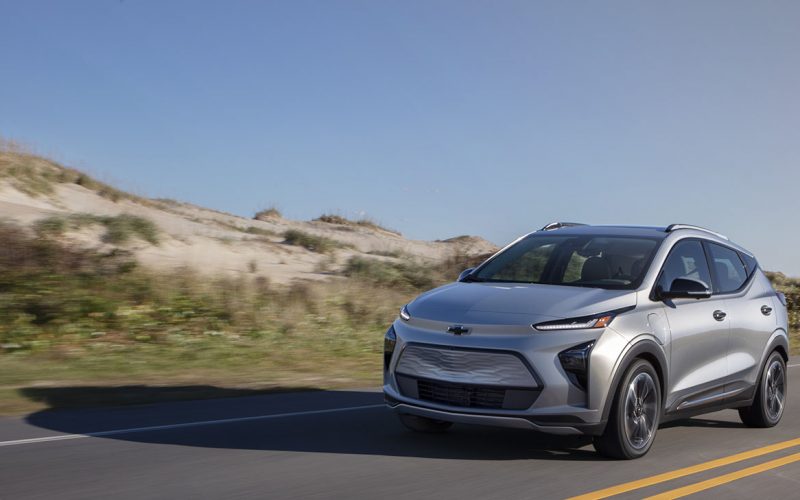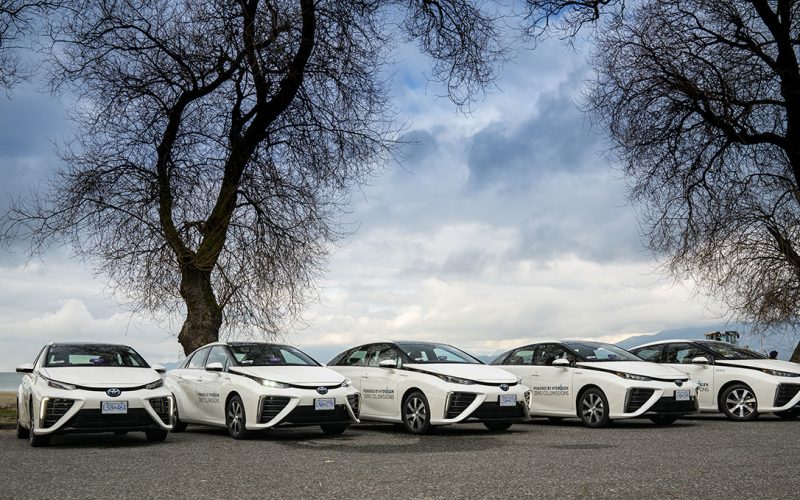
Reading Time: 8 minutesThe Bolt EV, which currently combines subcompact-sized hatchback practicality with a zero-emissions plug-in battery-powered electric drivetrain

Reading Time: 6 minutesTogether with Toyota Credit Canada, Toyota Canada just announced a deal to supply 24 zero-emission Mirai
© 2025 The Car Magazine. All Rights Reserved, Privacy Policy | Terms of Use